Onsen purification
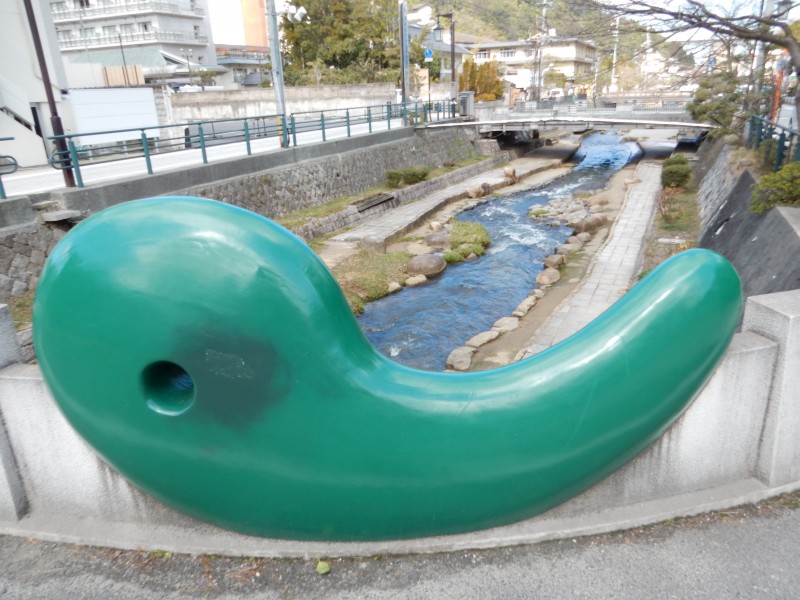
Tamatsukuri Onsen is a charming hot spring resort either side of a small stream and boasting ‘the biggest magatama in Japan’
Going with the flow: Onsen hot springs as part of Shinto
Wherever your destination in Japan, you are sure to encounter an onsen – or several. These natural hot spring bathing facilities are scattered across the country, taking advantage of the geothermically active landscape. Some are outdoors, some indoors, some attached to large hotels and others in secluded natural settings – but all are part of the ritual cleanliness which permeates all of Japan’s society. Shintoism is based around ideas of purification and cleanliness, as opposed to the dirtiness associated with ‘pollution’. Water and its cleansing properties is seen as central to their way of life.
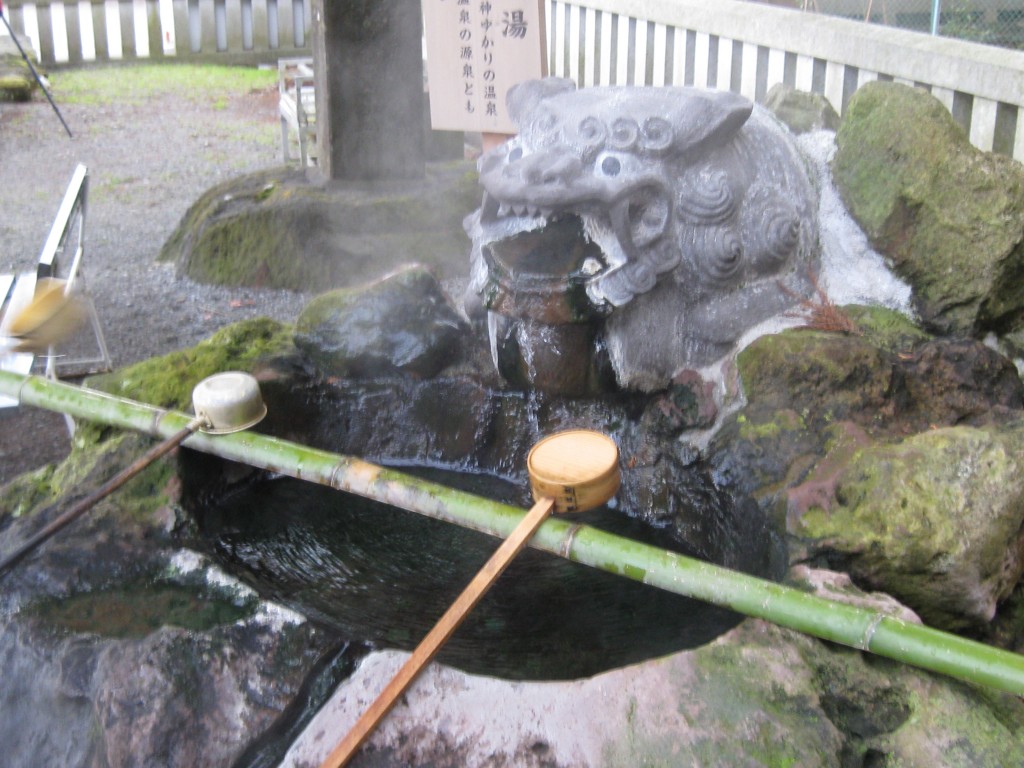
Hot spring water basin, highly welcome in winter
The importance of water and washing
There are several different ways in which cleansing with water is practised in Shintoism – ranging from ‘harae’ – the washing of hands and face – to the full-body cold-water immersion of ‘misogi’. It is considered optimal to use natural, free-flowing water such as a stream, waterfall, or the sea; and while you may be forgiven for thinking that the water at the hot springs will be purified like a swimming pool, it is the free-flowing nature of onsens which keeps fresh water in the pools and gives them their purifying qualities.
Onsens for Shinto purification
The deep cleansing soak of an onsen is about more than just getting physically clean: you will generally have to wash at a normal shower before entering the hot springs. The act of soaking in the gently flowing, hot mineral water helps to cleanse your soul too. It may be accompanied by chanting or meditation practises designed to clear the mind. This purification means that you can live a more spiritual and balanced life in harmony with the surrounding teachings of Shinto and the natural world.
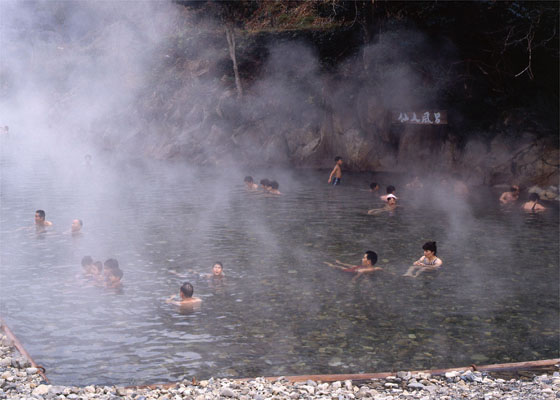
Kuwayu hot spring
(courtesy of Wakayama tourist board)
The science behind it
The physical benefits of onsen bathing are also attractive, if you are not a practicer of shinto yourself. Onsens range in temperature from around 30 degrees upwards. This heat helps to improve blood circulation and metabolism, and literally take the weight off your feet as you can relax and let the water support you. The hot springs also contain different minerals, which should be listed on the outside of the onsen. Compounds useful for healing bruises and dermatitis and easing joint pain include calcium chloride, sulfate ions, and sodium chloride.
Whether you are keen to try the rituals of Shintoism to experience the cleansing of mind and body, or if you would just like a comfortable afternoon soaking in a natural hot spring, the benefits of Japan’s onsens are enjoyable for all.
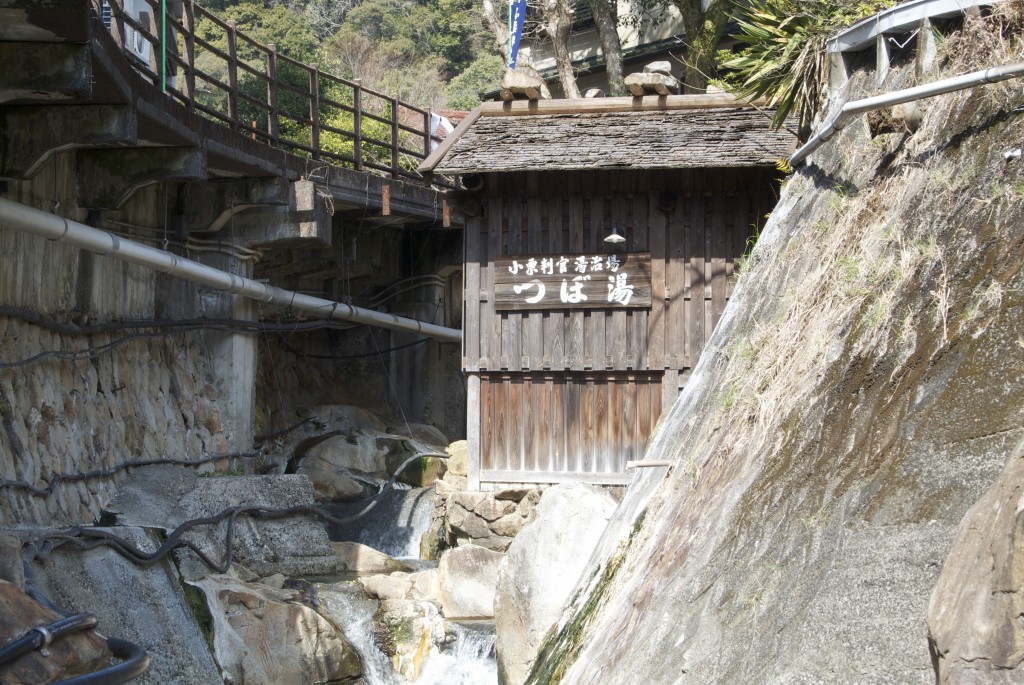
Kawayu Onsen in Wakayama, the world’s only World Heritage hot spring open to the public
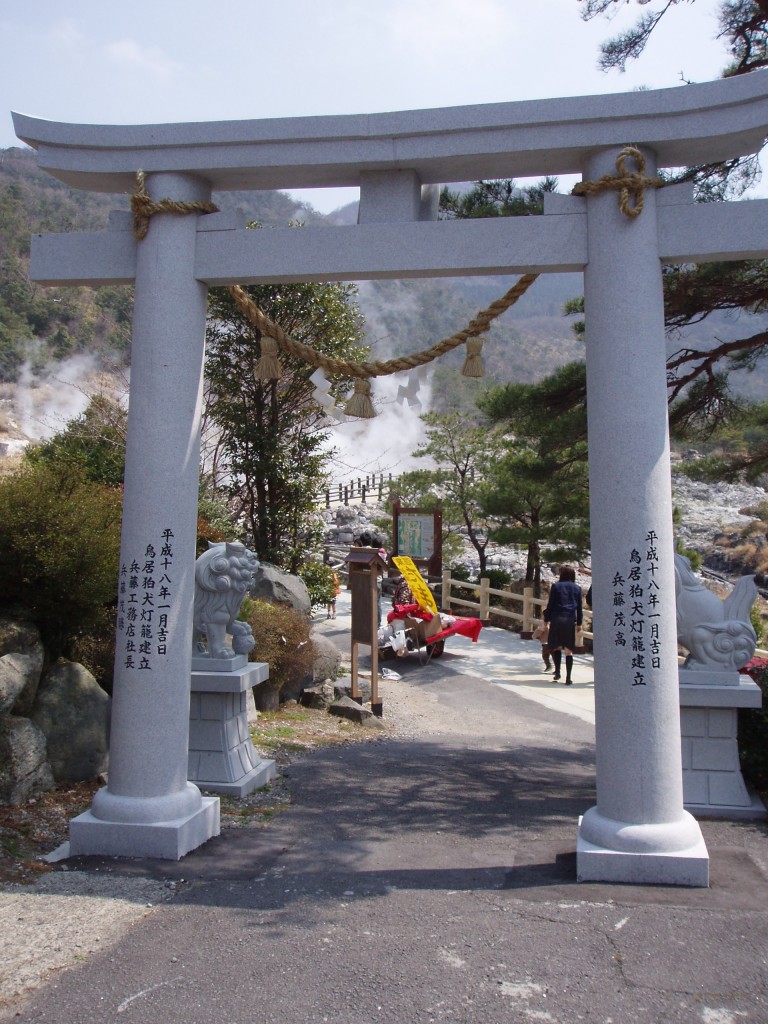
Torii at Unzen in Kyushu where a shrine sanctifies the awesome power of the hot spring

Leave a Reply